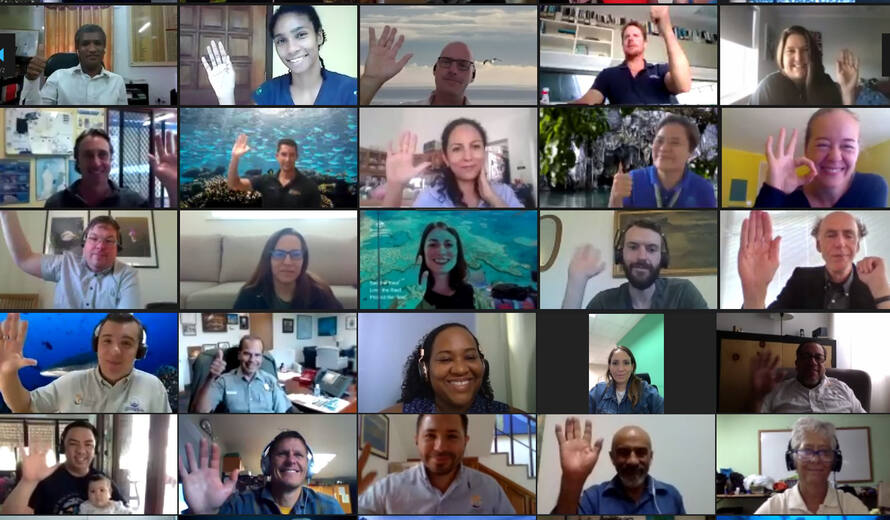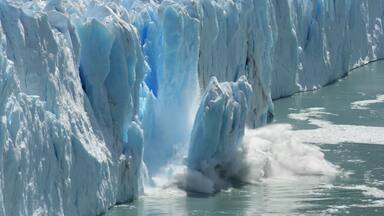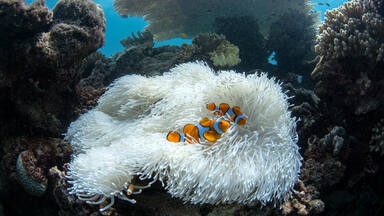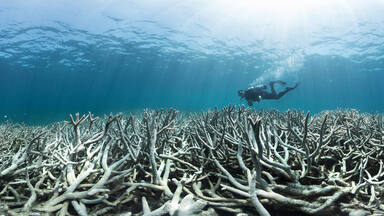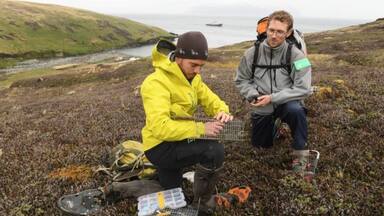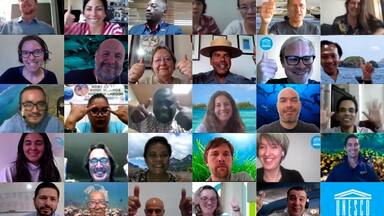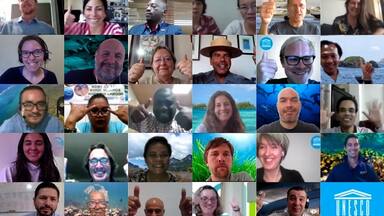Online Meeting: How to apply the Climate Vulnerability Index to your marine World Heritage site?
Climate change has become the biggest threat to the conservation of the 50 marine sites on the UNESCO World Heritage List. But understanding climate change impacts on a large marine protected area, some of whose ecosystems remain unmapped, can be challenging.
The Climate Vulnerability Index (CVI) is an innovative and rapid assessment tool that is distinct from other vulnerability assessments because of its focus on World Heritage properties. The CVI evaluates vulnerability of both the Outstanding Universal Value and local communities. During the 3 December Online Meeting with Marine World Heritage Managers, Jon Day and Scott Heron from James Cook University will explain the CVI framework, and how it has been used to evaluate vulnerability of Outstanding Universal Value for selected climate scenario’s in World Heritage sites.
Managers from the Shark Bay, Western Australia (Australia) and Wadden Sea (Denmark, Germany, Netherlands) marine World Heritage sites will share their views on the CVI, how it has been applied at their sites and how this has improved their capacity to plan for the future. Every two months, UNESCO's World Heritage Marine Programme provides an exclusive online platform where managers from the 50 marine World Heritage sites connect and share ideas around key conservation challenges.
Because of their high profile and status as flagship marine protected areas, marine World Heritage sites are uniquely positioned to drive change and innovation, set new global standards in conservation excellence, and serve as beacons of hope in a changing ocean. The online meetings are made possible thanks to the support of the French Biodiversity Agency and the Great Barrier Reef Foundation. Participation is upon invitation only.
marine, world heritage, ocean, climate change,
